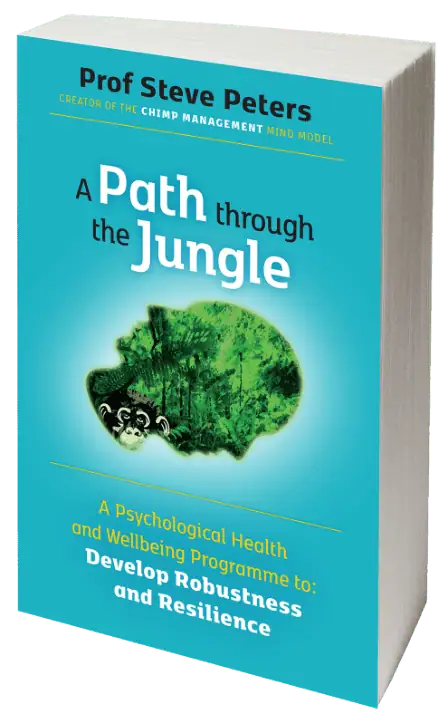← Back to Managing impostor feelings

Putting it all together
So, when we have identified our inner critic, learned to create psychological distance from its associated thoughts and feelings, and developed an alternative, how do we put it all together?
Any single aspect above, recognising the inner critic thoughts and feelings and labelling them, cultivating mindfulness and creating a pause, or reframing our thoughts and aligning with our values and sense of purpose, can be very powerful.
Below are some specific thoughts on how to combine them all...
Any single aspect above, recognising the inner critic thoughts and feelings and labelling them, cultivating mindfulness and creating a pause, or reframing our thoughts and aligning with our values and sense of purpose, can be very powerful.
Below are some specific thoughts on how to combine them all...
Things you can do
ACT
Acceptance and commitment therapy creates a three pillar model to manage unhelpful thoughts and feelings, creating space for them, and acting in alignment with what's important to you:
1. Accept and acknowledge them
2. Create space through mindfulness
3. Compassionately connect with what matters.
Please find various related resources, below.
1. Accept and acknowledge them
2. Create space through mindfulness
3. Compassionately connect with what matters.
Please find various related resources, below.
Master the pause
The space between stimulus and reaction is a powerful potential space, and it has been talked about by various psychologists, including Victor Frankl:
"Between stimulus and response there is a space. In that space is our power to choose our response. In our response lies our growth and our freedom."
In neurological terms, pausing after a stressor or stimulus, rather than simply reacting, allows the pre-frontal cortex to catch up with the limbic system. Taking a pause to take stock is an excellent way to ground yourself, and allow yourself to respond in line with what we actually care about, rather than react.
For more about this, I recommend reading the Chimp Paradox or A path through the jungle, both by Prof Steve Peters.
"Between stimulus and response there is a space. In that space is our power to choose our response. In our response lies our growth and our freedom."
In neurological terms, pausing after a stressor or stimulus, rather than simply reacting, allows the pre-frontal cortex to catch up with the limbic system. Taking a pause to take stock is an excellent way to ground yourself, and allow yourself to respond in line with what we actually care about, rather than react.
For more about this, I recommend reading the Chimp Paradox or A path through the jungle, both by Prof Steve Peters.
Haven't found what you're looking for?
This is intended to be a place where busy healthcare professionals can come to find resources to support their fulfilment, productivity, health and performance.
Is there anything missing that you’re looking for? Or anything that has been useful for you that you would like to share? Any niche requests for recommendations? I would love to hear from you.





